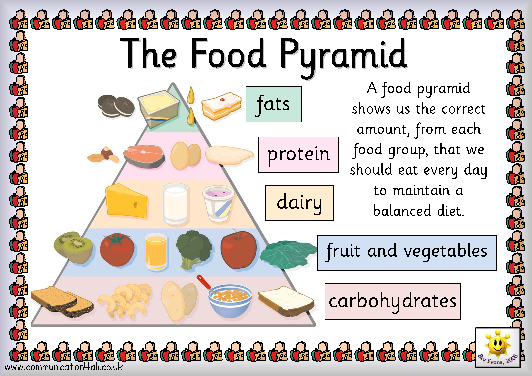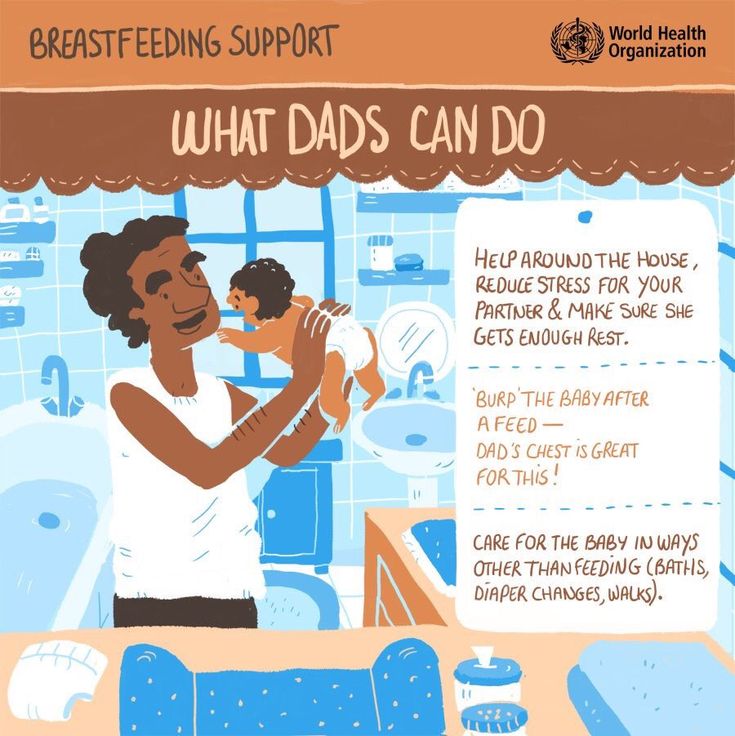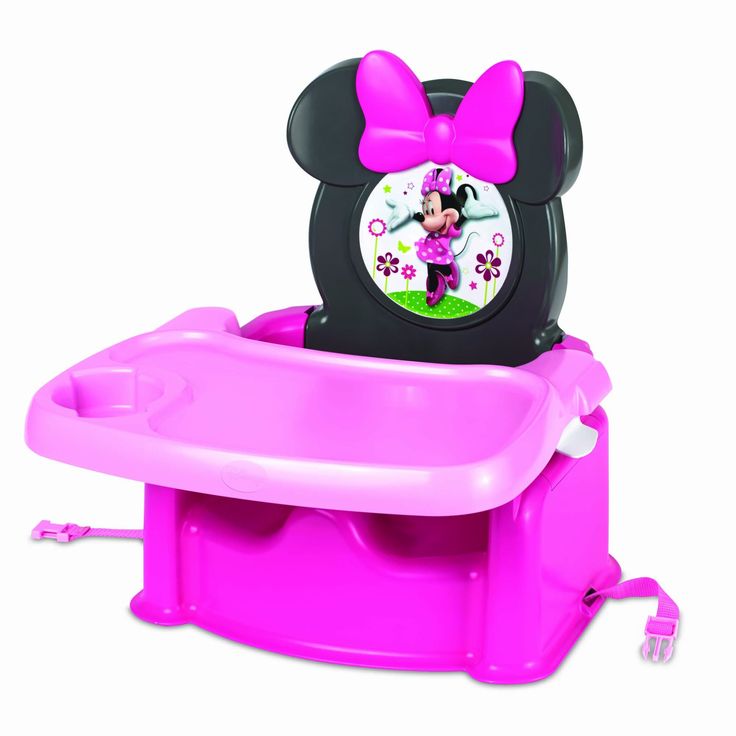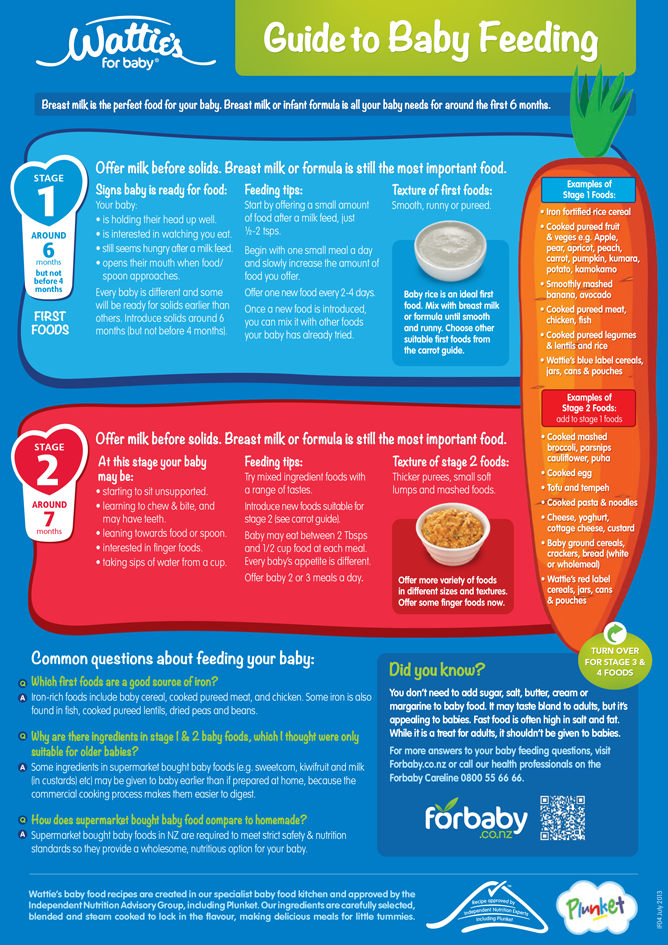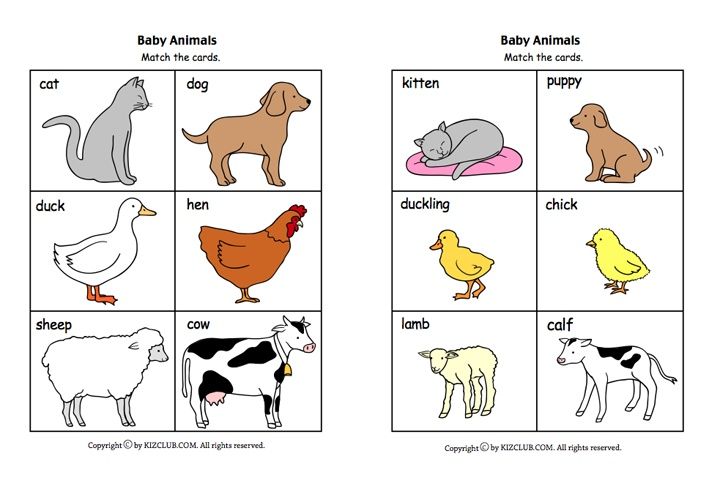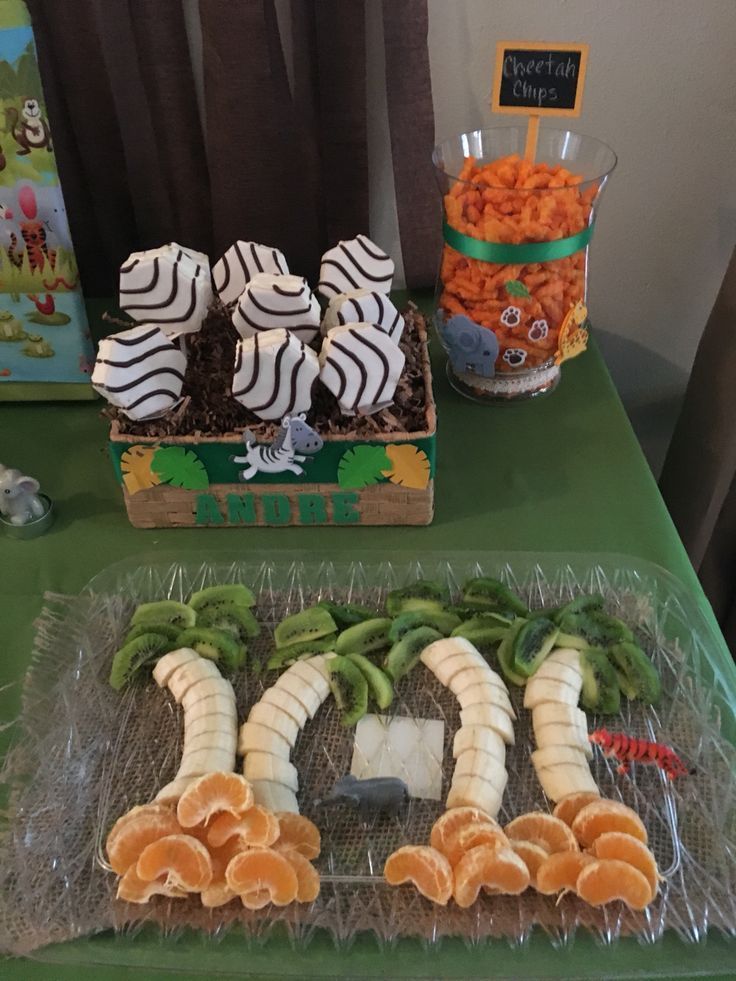What do you feed a baby chihuahua
Food Chart, Healthy Diet Plan and Behaviour
SIZE | Small
COAT LENGTH | Short
ENERGY | High
Description
Chihuahuas are a toy sized dog breed that come in two main coat varieties, smooth-coated and long-haired. They are charming, loyal and intelligent companion dogs who often seem to be unaware of their tiny size. They are highly alert and make great companions for individuals in small homes, but care must be taken to socialise them early or they may become fearful and aggressive towards strangers.
Neonatal
During the first 4 weeks of your Chihuahua's life, they should spend most of their time with their mother and litter-mates. It is highly unusual for the puppy's owner to care for them during this time and is best left to a responsible, reputable breeder. Your puppy's body will double in weight as their muscles, organs and bones develop.
Nutrition
During the neonatal stage, your Chihuahua puppy will get most of their nutrition from their mother's milk. At around 4 weeks you may wish to introduce a mush of minced protein such as beef, but always consult your vet first before changing your puppy's diet at this stage. Chihuahuas have small mouths so use caution when considering solids food as they may struggle to chew or swallow them.
Health
During this time it is important to monitor your Chihuahua for any infections, diseases or birth defects. Puppies are unable to urinate or defecate by themselves initially, so their mother helps them but may additionally require your assistance.
Keep your vet's contact details close by and educate yourself thoroughly on this stage of puppy development. By the end of this period, your puppy will be mobile and will explore the world mouth first — be sure to keep choking hazards and toxic foods out of their reach.
Behaviour
During most of this time your Chihuahua will be asleep or inactive, but they will soon be playing with their brothers and sisters.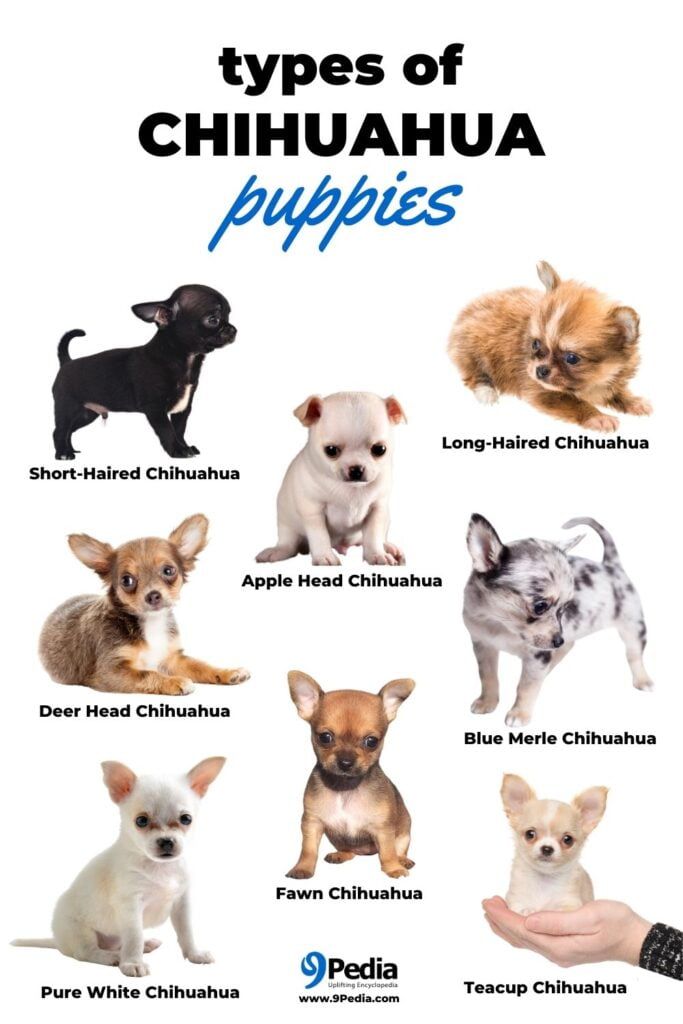 After 3-4 weeks they will go through as much sensory development as a human baby does in a few months. It is important to avoid disturbing the puppies' mother as she will be likely be protective, but some interaction with the young pups is normal so they become used to human touch.
After 3-4 weeks they will go through as much sensory development as a human baby does in a few months. It is important to avoid disturbing the puppies' mother as she will be likely be protective, but some interaction with the young pups is normal so they become used to human touch.
Weaning
When you take your Chihuahua puppy home (usually at around 8 weeks) you should shower them with love and attention. This is a formative time for your puppy and will be when they learn to walk, play, bite, hold their bladder, and interact with others. Make the most of this time and introduce your puppy to the world around them by inviting over friends, acquainting them with other pets and showing them around the house..
Nutrition
During the weaning stage, you should slowly introduce into their diet a nutritionally complete dog food which is appropriate to your Chihuahua's toy size and young age. Chihuahuas require only a small amount of food split between two meals. This breed is prone to tartar buildup, but they enjoy crunching on dry dog food which can help alleviate this. You should familiarise yourself with lists of toxic foods and plants to avoid as your Chihuahua puppy will most likely spend most of their time inside. During this time, the puppy’s immunity is not completely developed and hence he/she will be prone to digestible upsets. Hence is it important to support your puppy’s developing immune system with PURINA®️ PROPLAN®️ PUPPY, a formula enriched with colostrum, which is proven to support their immune defenses. PURINA®️ PROPLAN®️ Small & Mini Puppy has
This breed is prone to tartar buildup, but they enjoy crunching on dry dog food which can help alleviate this. You should familiarise yourself with lists of toxic foods and plants to avoid as your Chihuahua puppy will most likely spend most of their time inside. During this time, the puppy’s immunity is not completely developed and hence he/she will be prone to digestible upsets. Hence is it important to support your puppy’s developing immune system with PURINA®️ PROPLAN®️ PUPPY, a formula enriched with colostrum, which is proven to support their immune defenses. PURINA®️ PROPLAN®️ Small & Mini Puppy has
PURINA®️ PROPLAN®️ Small & Mini Puppy has
1. Colostrum, rich in natural antibodies, proven to enhance immune response
2. DHA from omega-rich fish oil helps nourish brain and vision development
3. Colostrum proven to balance intestinal micro flora, helps protect your puppy from common intestinal upsets
4. Easily digestible and supports the fast growth of Small and Mini puppies with nutrient dense formula
5. Easy rehydration of kibble for weaning
Easy rehydration of kibble for weaning
6. Scientifically proven antioxidants to boost immune defence
7. No added artificial colours, flavours and preservatives
Health
During this time you should provide your puppy with a small, shallow bowl of clean water and refresh the contents frequently. As Chihuahuas are usually inside dogs, so it is important that your puppy is properly toilet trained during this time. Your Chihuahua will soon be a loyal friend and keen protector of the house, but in the meantime you will have to watch them closely and establish clear boundaries during toilet training.
Behaviour
Due to all the changes in their environment, your Chihuahua will likely be under a significant amount of stress. Chihuahuas do not like to be left alone and prefer to be part of a pack, but are just as likely to enjoy spending time with their chosen person. Be affectionate and supportive during this time, but make sure they spend time with many different people to avoid excessive protectiveness. Introducing them to children, objects and other animals early is often effective in reducing aggression later in life.
Introducing them to children, objects and other animals early is often effective in reducing aggression later in life.
Puppy
By the time your Chihuahua reaches puppyhood their personality will be well developed. While very tiny, your Chihuahua puppy will be a big personality with an abundance of sass, but an affectionate and needy alter ego. Continue to socialise them with strangers in new places and reward good behaviour with treats and pats.
Nutrition
Your Chihuahua puppy's diet should be based around a high quality, nutritionally complete puppy food. You may also wish to introduce them to fresh, lean raw meat — however, don't feed your puppy any meat you would not feed to a fellow human being. Do not feed your Chihuahua human food from your plate, especially while they are on your lap or lounge as they will come to expect this at every meal and become fussy eaters. It is important to choose puppy food, which is made for Chihuahua’s small size & has the essential nutrients and minerals for his/her growth & development.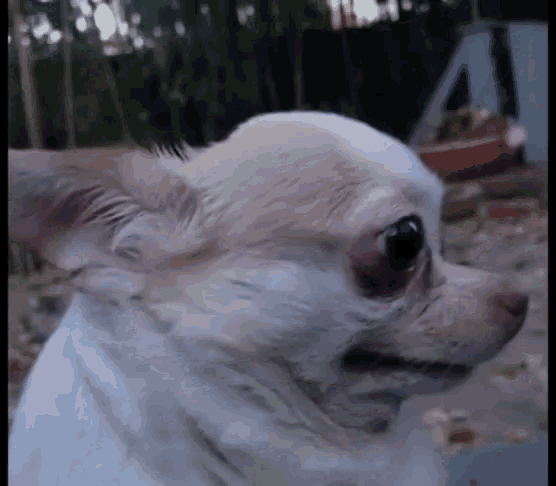
PURINA®️ PROPLAN®️ Small & Mini Puppy has:
1. DHA from omega-rich fish oil helps nourish brain and vision development
2. Colostrum proven to balance intestinal micro flora, helps protect your puppy from common intestinal upsets
3. Easily digestible and supports the fast growth of Small and Mini puppies with nutrient dense formula
4. Scientifically proven antioxidants to boost immune defence
5. No added artificial colours, flavours and preservatives
6. Real Chicken as the No 1 ingredient which provides Crude Protein for their muscle growth
Health
Chihuahuas have bursts of energy and love to rub around with toys but they do not require a large amount of exercise — a short walk around your backyard or up the street should be enough. You should discourage your Chihuahua from jumping from furniture as this breed often develop joint problems from repeated strains. Weekly grooming should be sufficient for short-haired Chihuahuas and biweekly for long-haired varieties. After around 8 weeks your puppy will be due for some vaccinations, so they will need a checkup at the vet and to arrange for boosters after that.
After around 8 weeks your puppy will be due for some vaccinations, so they will need a checkup at the vet and to arrange for boosters after that.
PURINA®️ PROPLAN®️ Puppy contains natural bovine colostrum, which is proven to boost the immune system.
a) Studies showed that dogs supplemented with a diet of bovine colostrum had a quicker and stronger immune system response to CDV vaccine as compared to dogs fed a control diet.
b) Colostrum supplemented dogs maintained a higher antibody level even after 40 weeks
c) A diet supplemented with Colostrum helps bridge the immunity gap in puppies that occurs between 3 weeks and 5 months of age.
Behaviour
Chihuahua puppies are very loyal and affectionate with those that they know, but a poorly socialised dog will often be aggressive towards strangers to the point of barking and biting. Familiarise them with friends and children early, but any interaction with small children should be closely monitored. Pomeranians are very intelligent and take well to training as this is an opportunity to receive both treats and pats. Look for resources on stopping biting, minimising barking at doorbells, and reducing destructive behaviours.
Pomeranians are very intelligent and take well to training as this is an opportunity to receive both treats and pats. Look for resources on stopping biting, minimising barking at doorbells, and reducing destructive behaviours.
Recommended Articles
Weaning Puppies: Advice & Tips
Read more
What nutrients do puppies need for their growth
Read more
Feeding A Chihuahua Puppy - Schedules, Routines and Top Tips
Feeding a Chihuahua puppy the right diet in the correct quantity is the foundation of good health. New puppies benefit from several meals a day, little and often being key. Their ideal food is high in protein and fat, but low in carb heavy fillers. They also do well with brands that come in small pieces that are easy to chew and swallow.
Contents
- How much to feed a Chihuahua puppy
- Feeding routines and frequency
- How diet impacts development
- Is my puppy the right weight for their age?
How Much To Feed A Chihuahua Puppy
Newborn Chihuahuas weigh just a few ounces and can fit in the palm of your hand. These little guys will grow rapidly in the first few weeks and need plenty of nutrients to make them strong and healthy.
A healthy puppy who gets regular exercise and is under one year old will need approximately 50 calories for every pound of body weight. Which is all well and good to say, but what does it mean in practical terms?
The best way to ensure you are giving your pup the right amount of food is to start with the information given on the packaging. Weigh out the daily kibble rations at the start of the day, then if after a few days your pup is looking a little skinny or chubby you can adjust accordingly.
Any changes to their brand of diet should be introduced slowly.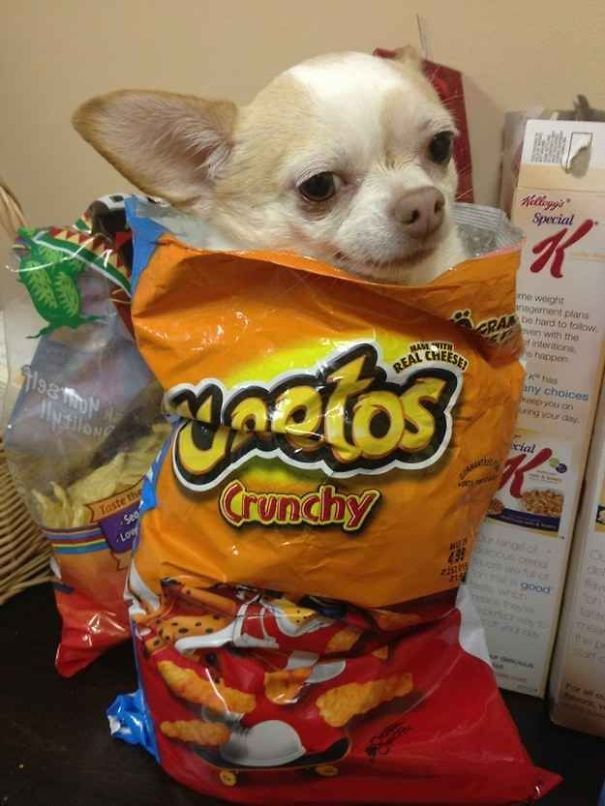 Two weeks is the minimum amount of time suggested before introducing a different type of food. Chihuahuas are very sensitive to what they eat and a quick diet conversion can lead to an upset tummy and picky eating.
Two weeks is the minimum amount of time suggested before introducing a different type of food. Chihuahuas are very sensitive to what they eat and a quick diet conversion can lead to an upset tummy and picky eating.
How Often To Feed A Chihuahua Puppy
Chihuahua puppies should be fed small, frequent meals. The amount of food and the number of Chihuahua feedings per day depend on their age and activity level.
Puppies under 3 months should be fed 4 to 6 times a day. From the ages of 3 to 6 months, you can decrease your Chihuahua puppy feeding schedule to 3 to 4 times a day.
Reduce meals to 2 to 3 times a day from 6 months to one year of age. Once into adulthood, scheduled meals can probably be reduced to twice daily.
Feeding vs Growth Rate
Newborn Chihuahuas will be approximately 3 to 4 inches in length. There are a number of factors that will determine the growth rate of your Chihuahua puppy and how big he will become. The size of both parents, and even his ancestors generations back, will be a factor in his size, as will the dog’s activity level and caloric intake.
An adult Chihuahua ranges from 2 to 6 pounds. This 4 pound variance is huge for such a tiny dog and the reason is that their body structures can vary a lot.
Teacup Chihuahua is a term used to describe a Chihuahua that is smaller than average. The deer head variety tend to have a longer overall shape than the apple head Chihuahua.
What should I do if my Chihuahua puppy is overweight?
Due to their tiny size it’s easy to overfeed this breed and you’ll detect even a small amount of extra weight in your Chihuahua puppy’s appearance.
Overfeeding or giving them the wrong kinds of food can lead to obesity in later life as well as a wide range of health issues, from arthritis and diabetes, to heart and thyroid problems.
Their small size also means owners often carry Chihuahua puppies around and they may not be getting the exercise they require to burn off calories.
A puppy shouldn’t be put on a diet before a veterinarian examines him to rule out other common Chihuahua health issues.
What should I do if my Chihuahua puppy is underweight?
If your Chihuahua puppy is underweight it could be due to a number of reasons including: lack of a healthy diet, burning more calories than he’s eating, or a medical issue.
A visit to the veterinarian is important to rule out problems like parasites or hypoglycaemia.
Like many toy breeds, Chihuahuas have trouble regulating their blood sugar. Symptoms include: drowsiness, trembling, muscular weakness, twitching, and convulsions.
Hypoglycaemia can be life threatening if not properly treated.
Giving your Chihuahua puppy extra food might seem like a good way to get him to gain weight, but you need to make sure he’s getting foods that provide the proper nutrition. If you want to learn more information about the quality ingredients offered in different dog food brands, check out this in-depth guide.
Foods to avoid feeding a Chihuahua puppy
Some of the foods and ingredients listed here are toxic to all dogs, but because of the Chihuahua’s small size, you need to be even more diligent to ensure they never ingest them. The list of foods to avoid during Chihuahua puppy feeding time include:
The list of foods to avoid during Chihuahua puppy feeding time include:
- chocolate,
- alcohol,
- caffeinated food and drink,
- garlic & onions,
- avocados,
- uncooked dough,
- cat food,
- grapes,
- raisins,
- macadamia nuts,
- walnuts,
- nutmeg, and
- citrus fruits.
If you’re buying commercial brand puppy food there are a number of ingredients to keep away from. Artificial ingredients like preservatives, coloring, and flavoring can cause gastrointestinal problems and allergic reactions.
Fillers like cellulose, corn bran, and soybean or wheat mill run can lead to nutrient deficiencies. Any foods that contain low-quality, generic meat sources and meat by-products should always be avoided.
How old is a chihuahua?
Chihuahua is listed in the Guinness Book of Records as the smallest of all dog breeds. At the sight of more lapdogs, Chihuahuas are more rotten, vitrified, healthy, they can live a long life. One umova - it’s more correct to eat food. How good is a chihuahua? Regardless of the good physiological data of small vikhovants, it is necessary to constantly control their diet, a number of building products provoke the development of an ailment of the herbal system, and unbalanced eating leads to problems with the heart and vessels, the musculoskeletal system.
One umova - it’s more correct to eat food. How good is a chihuahua? Regardless of the good physiological data of small vikhovants, it is necessary to constantly control their diet, a number of building products provoke the development of an ailment of the herbal system, and unbalanced eating leads to problems with the heart and vessels, the musculoskeletal system.
What does a chihuahua look like in domestic minds? Colored products
Foster your chihuahua's toy size without stopping being a dog. And as we have representatives of the mind, їy is necessary їzha, which is formed more importantly from the creature's proteins.
What are chihuahua dogs? The main suppliers of protein for chihuahua - tse:
- Low-fat meat boiled or sprinkled with dill. You can give yalovichina, horse meat, mutton, veal, and, more importantly, poultry meat and meat by-products.
- Fillet of sea ribey, low-fat varieties, seasoned with dill or cooked. Vono є phosphorus.
 Included before the diet every 3-4 days.
Included before the diet every 3-4 days. - Eggs are not sirі and not more often than not every day.
- Dairy products (kefir, syrup, sour cream) - rich in calcium. You can give vihovantsyu shodnya.
Cream of protein and fats, which are found in the products of animal products, in the diet of the Chihuahua are present in carbohydrates as a source of energy. Korisnі in carbohydrates for small dogs - tse vіdvareny rice, greek, vіvsyan chi corn porridge.
For a normal development, a healthy dog needs vitamins, which is good for a Chihuahua with sirimi and boiled vegetables. Syrian vegetables need to be trimmed and proponated with the addition of oli chi sour cream. So the cellular tissue is more likely to take hold in the organisms of the creature. Like sweets, it is allowed to treat a Chihuahua with a fresh banana, an apple.
Small menu for chihuahuas Approximately 140 g of zhzhі is needed for a day (from 80 g of zhzhі per 1 kg of vaga creature).
 The optimal regimen for the year is two days a day. Daily snacks are allowed.
The optimal regimen for the year is two days a day. Daily snacks are allowed. - Straws for snacks: meat + porridge, meat + vegetable grated + olive oil.
- Snacks can only be made from one product: wheat crackers, syrup, kefir, scrambled eggs, fresh fruit.
- Chihuahua's Supper: meat and vegetables that have been heat-treated.
Why can't you have a Chihuahua? Fenced products
List of hedgehogs, yaks under the fence for Chihuahuas:
- fish syrah, meat can lead to infection with salmonellosis, worms;
- pork at a glance;
- peas and beans;
- be like malt;
- salted, spicy, smoked, fatty, and also lubricated products (these include sausages, sausages, intended for people).
It is wrong to give Chihuahuas river fish.
What is the correct way to wear a Chihuahua? Eating a grown-up dog
- Normal schedule for anniversaries is 2 times for hunting, in the evening.
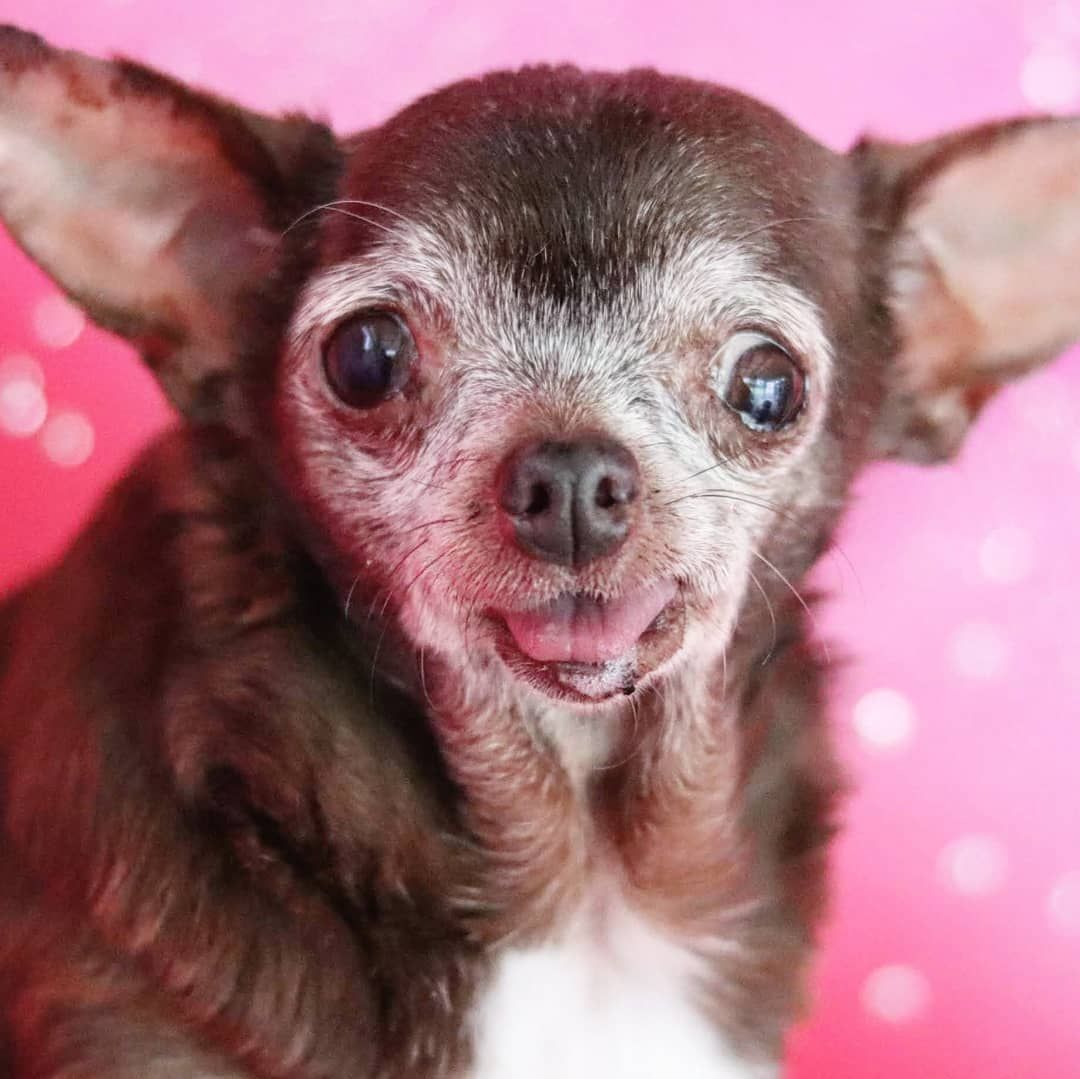 Bazhano give їzhu at one and the same hour, so that the creature felt comfortable.
Bazhano give їzhu at one and the same hour, so that the creature felt comfortable. - The mist may have clean water.
- Room temperature is correct.
- Years of "chikhiv" are needed only for a freshly prepared hedgehog.
- After the skin yearning, take a bowl.
- You can't change the types of living. It is necessary to feed the creature either with natural, or with dry food.
- If the dog does not eat anything, it is not recommended to leave the dog in the ministry. Chihuahua dosit primkhlivі in їzhi, it is better to clean up the grass and do not go to war until the coming year.
Fallow in the conditions of newborns tsutsenyat mother's milk up to 2 tyzhniv - 1 month. Veterinarians recommend that the baby “sneeze” be born, beginning with 3 strokes.
Monthly chihuahua can be given cheese, boiled meat in microportions (from a pea). Step by step, you can increase the income. After the month, they are introduced into the menu like porridge, cooked on fermented milk.
Up to 2 months instead of milk for cooking porridge, you can vicorate broth (ribbium, meat). A two-month-old chihuahua still seems to be worn out, scarlet thicker. In 2 months old babies often - 6 times a day.
At 3 months you can change the number of doses up to 5, and at 4 months - up to 4 times a day. A three-month-old chihuahua can eat almost everything a big dog can eat. The ration is less than the size of portions and fractions of eating.
At 10 months - 1 day of the creature is transferred to the domestic schedule of the year. For such a regimen, unorganized snacking, yearning of a Chihuahua at the table are not allowed.
What to eat a chihuahua? We choose sour dry food for breeding
Chihuahuas do not have the best health. Through the vuzka slit, they have been promoted to the level of tartar. Sneezes suffer from ailments and other orthopedic injuries. They have weak breasts, the cerebrospinal system. For such features, the body of food products can satisfy hunger, and as much as possible mitigate the risk of developing widespread pathologies.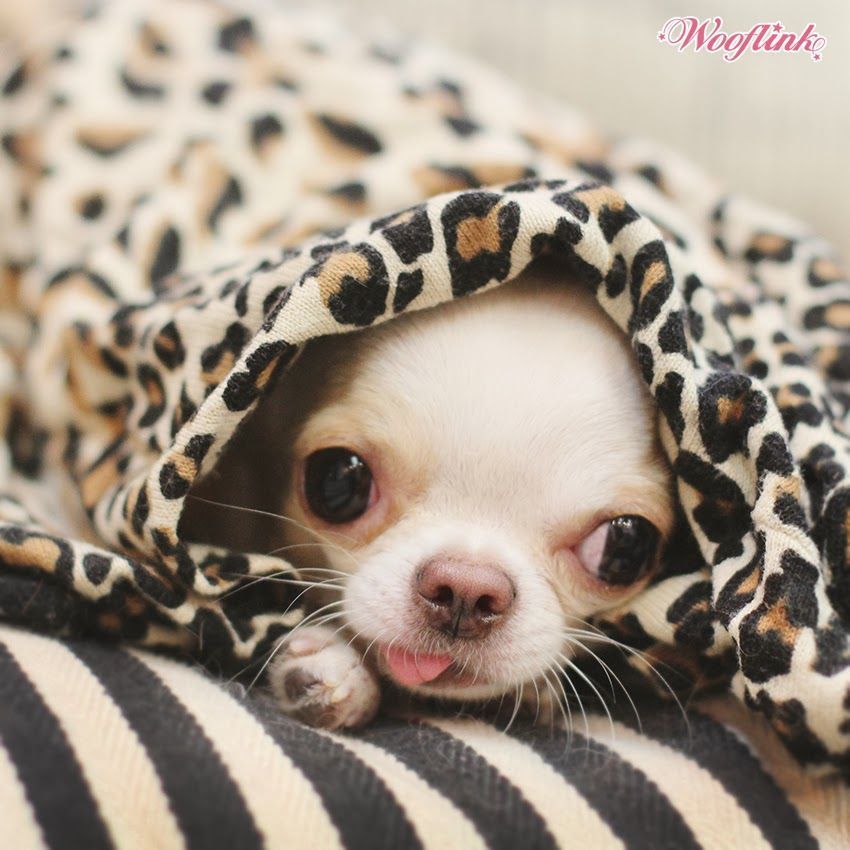
Roughen up the norm of products for a small dog more folded, lower for a great chotiripaw, so veterinary doctors are glad to transfer a chihuahua to ready-made dry food. Zvichayno, for such diversified vikhovantsiv, like "sneeze", you need products of the highest quality, like Royal Canin premium food. In the assortment of the company's products, there is a special dry food for the cubs of miniature breeds. Product benefits:
- balance of brown components for representatives of the breed;
- the shape of the outlet - granules of optimal shape to the size for small cracks "sneeze";
- ease of distribution of portions - according to the table on the food packaging;
- the trivality of saving without wasting the product of its own power.
Feeding a Chihuahua with dry food is easy and comfortable. Tilki podbayte, sob at the mist vyhovantsya zavzhdi bula fresh water. Let your little ones grow healthy and energetic!
Chihuahua - puppy care and upbringing
Tips from a Chihuahua breeder with 20 years of experience, "Tsvetana" kennel
Contents of the article:
together
6.How to toilet train a puppy
7. How to care for a puppy
8. To walk or not to walk
9. Taking care of your baby
1. Puppy health
When buying a puppy, you must make sure that he is healthy. Outwardly, this is as follows: the puppy runs smartly (except for super-tiny options), he has an excellent appetite, clean eyes and ears, and a smooth and shiny coat. The puppy should not cough or sneeze. When examining the puppy's teeth, pay attention to the bite: it should be scissor-shaped or with very little undershot bite. As for the number of teeth, it is necessary to take into account the following: there should be all canines, and incisors - preferably 12 (there may be the absence of any of the incisors).
One and a half to two month old Chihuahua puppies are very small, but very active and funny. When purchasing a puppy, consult with the breeder how to care for the puppy and STRICTLY follow his recommendations.
2. Feeding the puppy
The first time, after the puppy was taken from home, you need to feed him with his usual food. It is easier to feed a puppy dry food than natural food. Dry food is completely balanced, it contains the optimal amount of vitamins and minerals that a puppy needs for full development and growth. The following brands are well suited for feeding a puppy: Brit (Brit), Pro Plan (Pro Plan), Acana (Akana), Orijen (Orijen), Bosch (Bosch), Magnusson (Magnusson), Monge (Monge), Xills (Hills), Royal Canin (Royal Kanin), Josera (Yosera).
It is easier to feed a puppy dry food than natural food. Dry food is completely balanced, it contains the optimal amount of vitamins and minerals that a puppy needs for full development and growth. The following brands are well suited for feeding a puppy: Brit (Brit), Pro Plan (Pro Plan), Acana (Akana), Orijen (Orijen), Bosch (Bosch), Magnusson (Magnusson), Monge (Monge), Xills (Hills), Royal Canin (Royal Kanin), Josera (Yosera).
Veterinarians recommend soaking dry food for puppies in a small amount of slightly warm water to avoid gastritis and overeating. Soaking the food swells and the dog eats less of it than dry food. Once a day, the puppy is given cottage cheese with milk (or kefir).
It is believed that by restricting the puppy's nutrition during growth, it is possible to achieve a lower weight in an adult dog. However, experts say that this will bring nothing but harm. Poor feeding will lead to the formation of bad muscles and affect health.
Once your puppy has adjusted to his new environment, you can gradually transition him to a different diet. You can feed your puppy with natural products. The main diet is lean meat (beef, turkey (without skin), rabbit) boiled and finely chopped. As a side dish - well-boiled rice, buckwheat, hercules. Once a week - half a boiled yolk. From time to time, include fish in the puppy's diet, but only ocean fish, with the exception of pollock and fish with a high fat content (capelin, etc.). From fermented milk products - kefir, cottage cheese, fermented baked milk, cheese (finely chopped).
You can feed your puppy with natural products. The main diet is lean meat (beef, turkey (without skin), rabbit) boiled and finely chopped. As a side dish - well-boiled rice, buckwheat, hercules. Once a week - half a boiled yolk. From time to time, include fish in the puppy's diet, but only ocean fish, with the exception of pollock and fish with a high fat content (capelin, etc.). From fermented milk products - kefir, cottage cheese, fermented baked milk, cheese (finely chopped).
Small dogs love fruits (everything is good, especially apples and bananas). Vegetables are best digested stewed or boiled. Raw, they will be better absorbed if they are grated and add ½ teaspoon of vegetable oil. Carrots are useful, the carotene contained in it makes the coat color brighter, restores pigmentation.
Food should always be fresh and slightly warm. And, of course, it is necessary to give beef bones and cartilage to gnaw. There should always be clean water near the puppy's house. A 1. 5-2 month old puppy needs to be fed 5 times a day.
5-2 month old puppy needs to be fed 5 times a day.
What should not be categorically given to a puppy to eat: pork or fatty meat, river fish, sweets and sugar, pasta, legumes, spices, nuts, sweet bell peppers, onions, fresh cabbage (the exception is healthy sauerkraut). It is impossible to give sausages (sausages) or smoked meats, salinity instead of meat. In their composition, they are far from meat, and various additives are very toxic to dogs.
3. Vitamin and mineral supplements
- For puppies, there are special vitamin complexes sold in veterinary pharmacies. The preparation you have chosen should contain calcium, phosphorus, magnesium, as well as all the main vitamins and a number of trace elements. Phytomins of the Russian manufacturer Veda have proven themselves well.
- Phytomins are available: for teeth, for hair, anti-allergic, hematodog (for puppies, for debilitated adults and after surgery) and others. Many praise the 8 in 1 vitamin supplements.

4. Vaccination
- If you suspect that the puppy has worms (rides on the bottom or unreasonable mild vomiting before eating), immediately start deworming (Drontal Junior (suspension), Pirantel suspension, "Prazicide - suspension"). the dog needs to be given a deworming medicine once every three months, the puppy - at the age of 4, 8 and 12 weeks, and then at the age of 4, 5 and 6 months. Give a puppy or adult dog activated charcoal 2 hours after deworming.
Whether the puppy was vaccinated, and if vaccinated, then when and with what vaccine - if the puppy is not vaccinated, then a week after its purchase, deworming is carried out and a week later the first vaccination with the HOBIVAK vaccine is given. Before vaccination, you can drip Gamavit into the puppy's mouth (sold in a veterinary pharmacy). It is not necessary to reduce the dose of the vaccine, as many people think, because of the size of a small dog. After vaccination, you need to ask the veterinary clinic: when to do the next vaccination and strictly follow the schedule (if the puppy is healthy).
It is advisable to vaccinate puppies for the first time at the age of 9, and for super small ones at the age of 10-11 weeks. You can not start vaccination during the period of changing teeth (age from 3.5 to 6 months).
5. About the first steps together
On the first day, do not tire your pet with excessive attention. Let him sniff around and get to know his new home. After 1-2 days, he will get used to it, and will be fun to run around the house, accompanying you. The puppy's house should be in a warm corner without drafts. In the kitchen, you can additionally put a stove bench.
You have to be extremely careful when handling a puppy. Take care not to accidentally step on him, do not accidentally hit him with a door and do not catch a cold in a draft. Do not take it to the sofa or bed. He himself will learn to climb onto the sofa and jump off it. Super tiny puppies, when they grow up, put a pillow on the floor by the sofa or make steps.
You should be extremely careful when holding the puppy in your arms, as often the puppy will break out vigorously and may fall (the breeder must show how to hold the puppy - with a grip under the chest).
6. How to litter train a puppy
Small dogs learn to use the toilet rather quickly. In order to teach a puppy to write and poop in the place where you want, you need to lay several newspapers or a special disposable or reusable diaper on the floor near his house. Usually the puppy starts to walk on them by himself. When the baby is going to do his business, and most often it happens after sleeping and eating, he must be quickly picked up and taken to the newspapers or to the diaper.
Afterwards, when the puppy gets used to doing his business on a newspaper or a diaper, you can put it on the litter box and teach the puppy to the litter box.
7. How to care for your puppy
Caring for your puppy is easy and enjoyable. This applies to both long-haired and smooth-haired dogs. Comb your friend once every few days. Check your puppy's teeth regularly. During the change of teeth, milk incisors and canines most often do not fall out on their own and it is necessary to consult a doctor to remove them. Puppies should be taught to brush their teeth from an early age. It is good to use special toothbrushes for cleaning, which are worn on the finger (Trixie has two for teeth and for gums) and Cliny tooth gel or Trixie toothpaste. You should also regularly purchase special bones and treats for brushing your teeth at the pet store. For example, the company TitBit.
Puppies should be taught to brush their teeth from an early age. It is good to use special toothbrushes for cleaning, which are worn on the finger (Trixie has two for teeth and for gums) and Cliny tooth gel or Trixie toothpaste. You should also regularly purchase special bones and treats for brushing your teeth at the pet store. For example, the company TitBit.
Keep your ears clean. It is not recommended to clean the ears with cotton swabs. A few drops of Veda's "Ear Lotion with Phytocomplex of 25 Healing Herbs" by Veda or Cliny's "Cleansing Ear Lotion" by Cliny are dripped into the ear and the base of the ear is massaged (instructions are on the package).
Take care of your eyes. Pet stores sell special lotions for the eyes "Calendula" or "Chamomile" by Veda, "Eye Care" - Eye Care Lotion by Trixie. Tear spots on the coat should follow the shape of the eye.
Sometimes only one eye can water, it seems that it is not strong, but a path appears under the eye. Then you can buy Bars eye drops in a veterinary pharmacy or consult a veterinarian.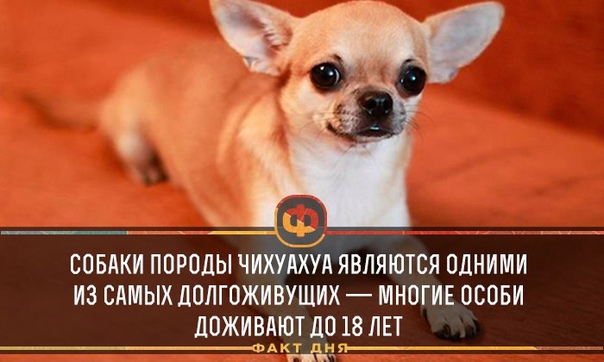 Purulent discharge from the eyes is an indicator of a serious illness.
Purulent discharge from the eyes is an indicator of a serious illness.
Treat your under-eye hair. Use under-eye wipes such as Cliny. In case of need, for example, for white and light cream dogs, Trixie's Tearstain Remover can be recommended.
Trim your pet's overgrown nails once every two or three weeks with a special nail cutter (it looks like small scissors). If the Chihuahua puppy resists strongly, then it is better to swaddle him, leaving one paw outside. After trimming the claws, the puppy's paw should look elegant.
Bathe your puppy only when necessary. Do not bathe a puppy if he is not yet two months old. When he starts to grow up, play more naughty and, accordingly, get more dirty, do not rush to immediately drag the prankster to the bathroom. After a slushy walk, wash the puppy's paws or wipe them with wet paw wipes, such as Cliny, and comb out the coat. Detergents destroy and remove the protective fatty layer on the skin and coat. This layer protects the skin from moisture and pollution, protects against hypothermia and the penetration of microbes.
When bathing, preferably professional puppy shampoos, eg Trixie, Hartz, Gotlieb, Dr. Vic. For long-haired and smooth-haired puppies and different, there is also a shampoo for puppies with very delicate skin. (For example, oatmeal shampoos). The most gentle shampoo option is a dry shampoo, for example, from Trixie. It is similar to talc and can be used frequently.
It is better to bathe puppies after the last walk. You can not bathe immediately after eating. With warm water, make sure that water does not get into the ears, do not pour water directly on the head (dilute the shampoo in warm water), on thoroughly moistened wool, without pushing it apart so that the shampoo does not get on the skin.
Let the puppy shake off and lightly wring out the water with a towel on the ears, on the paws, on the body. When the puppy's coat dries a little, you need to let the puppy run around so that he is in motion. For puppies with delicate skin and fur, blow-drying is contraindicated.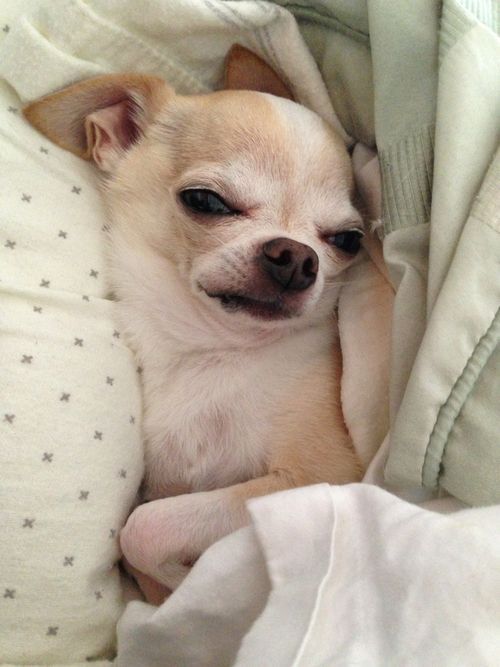
After bathing and drying, praise your puppy and reward him with some treats.
In addition, do not wash your dog 2-3 days before vaccination and for two weeks after it. It is preferable to wash an adult dog 1-2 times a year.
Keep your pet free of fleas. From fleas and ticks, anti-flea collars or drops on the withers have proven themselves well. From spring to autumn, treat the dog house.
8. To walk or not to walk
Immediately after buying a puppy, it is not recommended to walk with him on the street until he gets used to all the vaccinations. The start of walking a puppy also depends on the time of year. It’s good to start walking in the summer, when the sun has dried the earth and warmed it up. By the time you start your outdoor walks, take care to buy a flea collar or drops.
If you walk your dog outside, it is advisable to wipe its paws after the walk with paw wipes. For the cold season, a puppy needs to purchase a horse-cloth or overalls, shoes. If the puppy does not want to walk in shoes, it is good to use wax for the paws, for example, the company "Let's go for a walk!".
If the puppy does not want to walk in shoes, it is good to use wax for the paws, for example, the company "Let's go for a walk!".
Walking outside is very beneficial. But here it is necessary to take into account the bold character and temperament of your dog. Therefore, to keep your dog out of trouble, walk it on a LEASH. Natural curiosity can also play a cruel joke with a brave little creature. In my practice, there was a case when a baby was intimidated by crows.
In any case, the dog must be litter trained so that you have a choice.
Little puppy (but not a toy) does not require much space in the house,
Easy to care for and a lot of food,
You can walk with it when it is convenient,
Take it on trips.
And just love.
9. Caring for your baby
Despite their size, Chihuahua dogs are very hardy, immune to diseases (including infectious ones), easily adapt to any climate. Chihuahua dogs often become centenarians, the age of 15 - 18 years is not uncommon for them.


